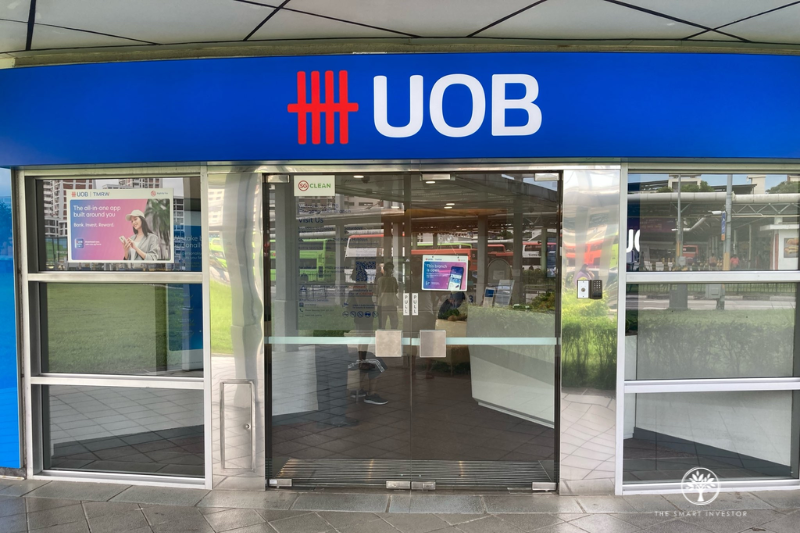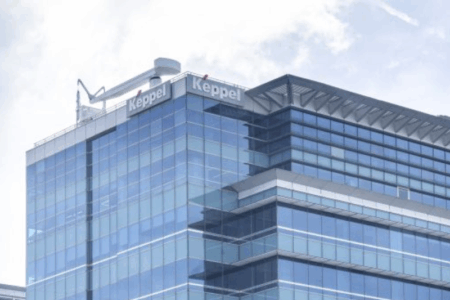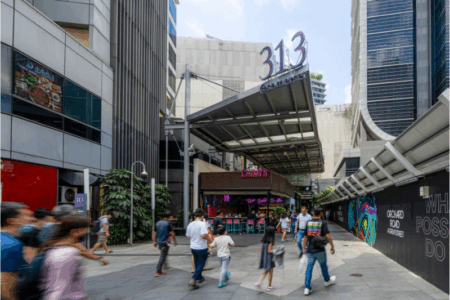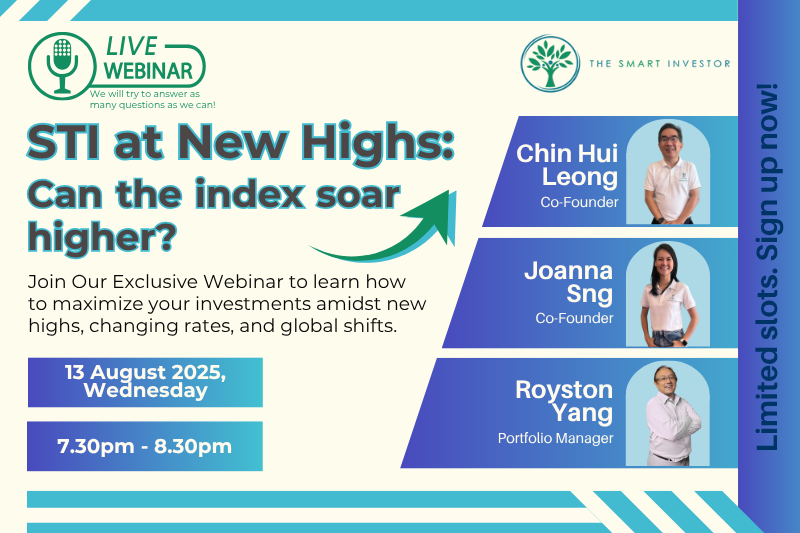Share buybacks speak louder than words.
And September saw Singapore’s blue-chips speaking volumes.
When companies deploy their own cash to repurchase shares, they’re betting on themselves at current prices, signaling to astute investors that management sees value others might be missing.
Three heavyweight names caught our attention this month with significant buyback activity: banking giants OCBC and UOB, alongside energy-to-urban solutions player Sembcorp Industries.
Here’s what their repurchase programs reveal about management confidence and potential opportunities for shareholders.
United Overseas Bank (SGX: U11)
United Overseas Bank Limited (UOB) bought back S$561 million worth of its own shares this September, nearly 1% of its market capitalisation.
Singapore’s third-largest bank, serving nearly 8.4 million customers (as at 31 December 2024) across Southeast Asia, particularly in Singapore, Malaysia, Thailand, Indonesia, and Greater China, reported mixed first-half 2025 (1H2025) results.
Total income rose 1.8% year on year (YoY) to S$7.1 billion, though net profit declined 2.9% to S$2.8 billion as the bank built pre-emptive provisions amid macroeconomic uncertainties.
The bank’s revenue growth reflected diverging trends between its income streams.
Net interest income held flat at S$4.7 billion as 4.4% loan growth to S$342.9 billion was offset by net interest margin (NIM) compression from 2.04% a year ago to 1.96%.
Non-interest income was the growth engine, rising 6.3% YoY to S$2.4 billion, powered by an 11% surge in fee and commission incomes to S$1.3 billion.
Wealth management fees, loan-related fees, and credit card spending drove the gains, while trading and investment income remained resilient despite softer market conditions.
The bank’s operational efficiency shone through with operating profit before allowances up 3.4% YoY to S$4.0 billion, and cost-to-income ratio improving to 43.5%.
Asset quality remained stable with non-performing loan (NPL) ratio at 1.6%, up marginally from 1.5% a year ago.
UOB declared an interim dividend of S$0.85 per share, plus the second tranche of a S$0.25 special dividend.
Management expects full-year 2025 NIM between 1.85% and 1.90%, low single-digit loan growth, and high single-digit fee growth, positioning the bank to navigate near-term headwinds while maintaining shareholder returns.
Oversea-Chinese Banking Corporation (SGX: O39)
As of 11 September 2025, OCBC joined the buyback wave with S$349 million in repurchases, roughly 0.5% of its market cap.
Singapore’s second-largest bank by assets operates over 400 branches across 19 countries, with key subsidiaries including Bank of Singapore (private banking) and Great Eastern Holdings (SGX: G07), the region’s oldest life insurance group.
The bank reported resilient 1H2025 results with total income down marginally 1% YoY to S$7.2 billion, while net profit fell 6% to S$3.7 billion, as the bank navigated a challenging interest rate environment.
The bank’s stable revenue reflected offsetting dynamics between its core income streams.
Net interest income fell 5% YoY to S$4.6 billion, as NIM compressed by 0.25 percentage points to 1.98%, pressured by the competitive deposit environment.
This was largely offset by robust non-interest income, which rose 8% YoY to S$2.6 billion.
Fee income surged 19% with wealth management fees (nearly half of total fees) jumping 25%.
Insurance income from Great Eastern declined 9% to S$532 million, impacted by mark-to-market valuations from falling interest rates.
Despite margin pressure, OCBC’s fundamentals remained solid.
Customer loans grew healthily by 7% YoY to S$325 billion, driven by Singapore housing loans and corporate lending to infrastructure and data centres.
Asset quality stayed benign with the NPL ratio stable at 0.9%.
Operating profit before allowances decreased 3% to S$4.4 billion.
OCBC declared an interim dividend of S$0.41 per share, maintaining a 50% payout ratio.
Looking ahead, management expects NIM to stabilise between 1.90% to 1.95% for 2025, and anticipates mid-single-digit loan growth.
Despite trade policy and geopolitical headwinds, the bank’s diversified income streams and strong capital position provide resilience in navigating the challenging environment.
Sembcorp Industries (SGX: U96)
Rounding out the trio, Sembcorp Industries splashed out S$59 million in buybacks, or around 0.5% of its market cap, as it continues its strategic pivot from brown to green energy.
The energy conglomerate, operating across five business segments from traditional gas to renewables, reported mixed 1H2025 results.
Revenue declined 8% YoY to S$2.9 billion and net profit edged down 1% to S$536 million, but transformation progress showed with free cash flow surging to S$241 million from negative S$51 million a year ago.
The revenue decline reflected Sembcorp’s portfolio transition and market headwinds.
Lower Singapore electricity pool prices and the absence of the divested SembEnviro waste management business weighed on results, partially offset by higher gas sales in Singapore.
Crucially, Renewables delivered strong performance from higher wind resources in India and newly commissioned assets across Vietnam, India and Oman, validating the company’s green energy strategy.
The balance sheet strengthened with debt falling to S$8.3 billion from S$8.7 billion at year-end 2024, while cash holdings stood at S$879 million.
Reflecting improved cash generation and confidence in its transformation journey, Sembcorp raised its interim dividend by 50% to S$0.09 per share, payable on 26 August 2025.
Management expects resilient performance despite near-term challenges.
Gas and Related Services earnings should remain steady despite lower spreads, while Renewables may face seasonal softness and China curtailment in the second half.
The company remains focused on maintaining sustainable dividends aligned with underlying earnings while capturing energy transition opportunities.
Get Smart: The Buyback Signal
These buybacks from three diverse blue-chips, spanning banking and energy transformation, suggest management teams see their shares trading below intrinsic value.
With combined repurchases exceeding S$900 million in September alone, Singapore’s corporate leaders are clearly signaling where they see opportunity in today’s uncertain market.
For astute investors, these insider moves may be worth following.
The world’s gotten unpredictable, but some Singapore companies have quietly kept thriving. You’ve probably seen them in your daily life. And yes, they’ve kept paying dividends through it all. Meet 5 resilient stocks built to navigate global storms. Get the free report here and see how they’ve done it.
Follow us on Facebook, Instagram and Telegram for the latest investing news and analyses!
Disclosure: The Smart Investor owns shares of OCBC.





